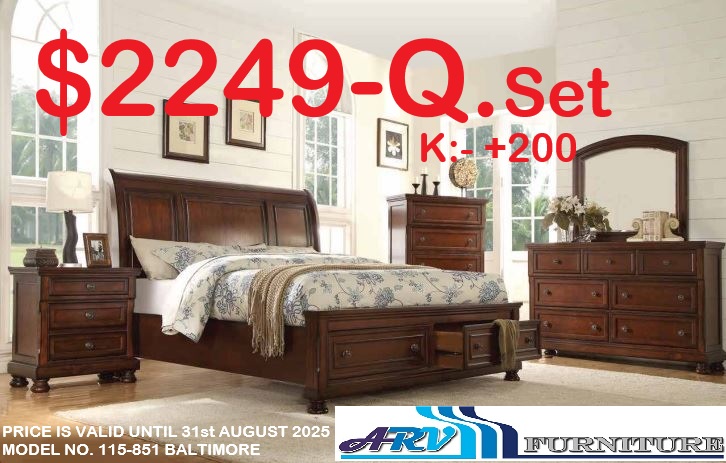
Looking for top materials for long-lasting furniture? Here’s a refined overview that balances durability, aesthetics, and sustainability—perfect for investing in pieces that stand the test of time.
Top Materials for Durable Furniture
1. Solid Hardwood
Examples: Oak, maple, walnut, cherry, mahogany, teak.
Why durability matters: These dense woods resist scratches, dents, and everyday wear; plus, they look better over time and can be refinished when needed. Many can last for generations.
Teak specifics: Exceptionally durable outdoors thanks to natural oils. It resists rot, pests, and moisture—and weathers to a beautiful silver-grey patina if left untreated.
Expert tip: Professionals recommend hardwood over engineered wood or cheap veneers for heirloom-quality pieces.
2. Metal
Types: Steel, stainless steel, aluminum, galvanized iron; often powder-coated for extra resilience.
Advantages: Strong, stable, and weather-resistant—especially when treated. Ideal for frames in indoor and outdoor settings.
Outdoor durability: Powder-coated or stainless metal withstands the elements effectively.
3. High-Durability Upholstery
Leather: Full-grain and top-grain leather are known for toughness and elegance that improves with age (patina).
Performance Fabrics: Heavy-duty textiles, like canvas, microfiber, Crypton, and Sunbrella (for outdoor use), are stain-resistant, fade-proof, and easy to clean.
Vegan Leather Alternatives: Plant-based options (bamboo, cactus-derived) are becoming resilient and eco-friendly alternatives.
4. Engineered Materials (Selective Use)
Engineered wood (e.g., plywood): Stable and cost-effective, but not as long lasting as solid wood. Best used in secondary or budget furniture.
Tempered glass: Durable and elegant for surfaces like coffee tables—shatter-resistant and sophisticated.
5. Outdoor-Specific Durable Materials
Synthetic resin wicker (HDPE): Mimics natural wicker but resists UV, moisture, and temperature extremes—minimal maintenance required.
Recycled plastics & composites: Weatherproof, fade-proof, and eco-conscious—excellent for outdoor furniture, requiring virtually no upkeep.
Acacia & Eucalyptus: Affordable and durable woods with natural water resistance. Require routine oiling to maintain longevity.
6. Alternative Durable Materials
Bamboo: Fast-growing, strong, and sustainable—an eco-friendly hardwood substitute in modern furniture.
Stone & Marble: Luxurious and enduring, especially when sealed—can become heirloom pieces.
Rubberwood: Eco-conscious choice harvested from mature latex trees; treated for lasting use in affordable furniture.
Final Recommendations
Best for longevity across contexts: Solid hardwood.
Best for modern, weather-resistant frames: Powder-coated metal.
Best for upholstery: Leather or performance fabrics.
Best low-maintenance outdoor options: HDPE wicker or recycled plastic.
Eco-friendly alternatives: Bamboo, rubberwood—great for budget-conscious, sustainable design.
Statement pieces: Marble or stone—timeless, functional, and durable.
Let me know if you want tips tailored to your specific project—like indoor sofas, patio sets, or office furniture.